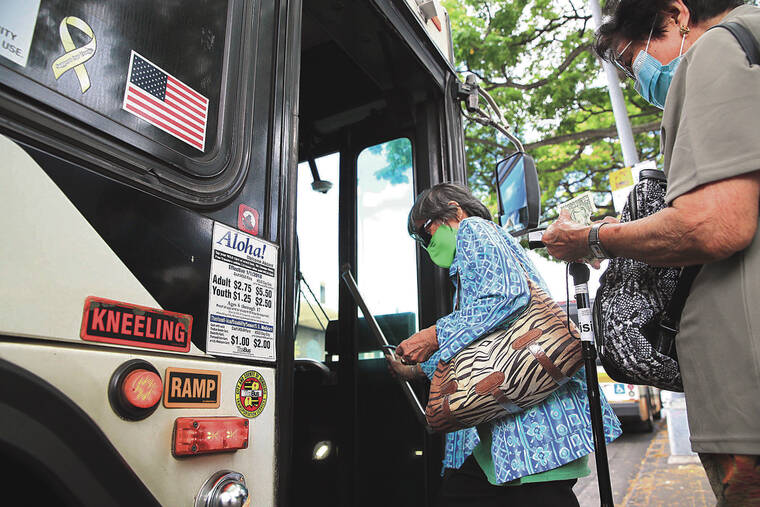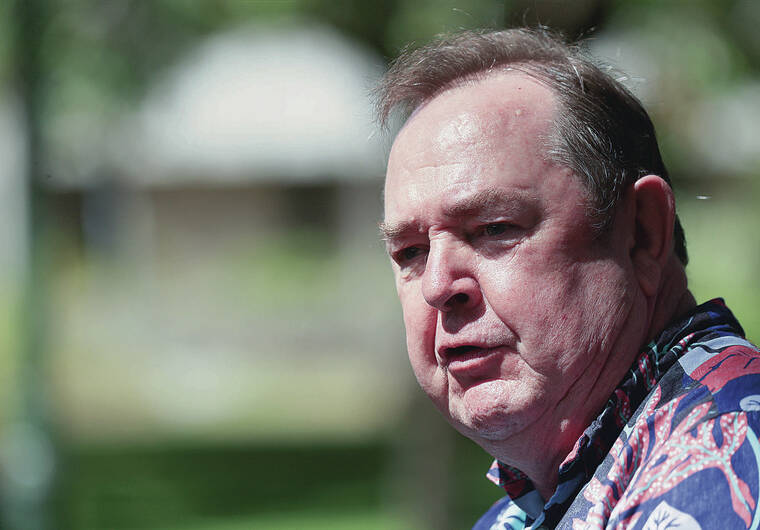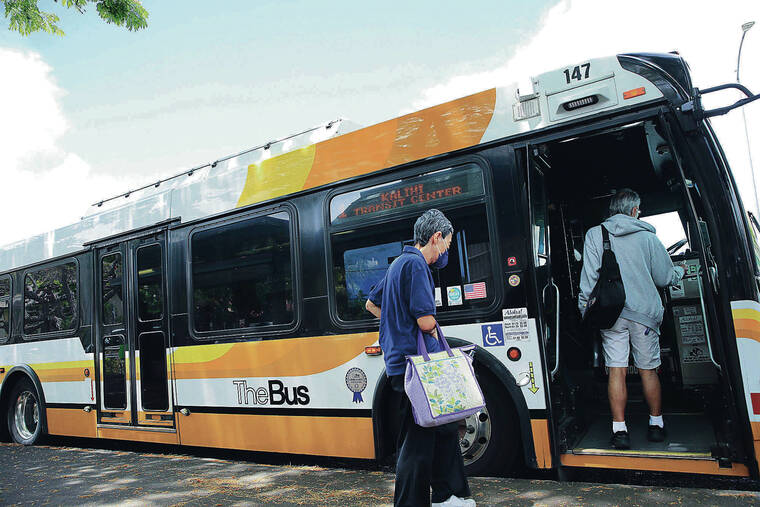TheBus and Handi-Van riders to see fare increases

JAMM AQUINO / JAQUINO@STARADVERTISER.COM
Upcoming changes at TheBus will affect daily, monthly and annual passes for adults, youths, seniors and the handicapped. Passengers boarded a bus Thursday near the state Capitol.

JAMM AQUINO / JAQUINO@STARADVERTISER.COM
The city Wednesday announced significant increases in the fares for both TheBus and TheHandi-Van, above, starting July 1. The upcoming fare changes include daily, monthly and annual passes for adult, youth, senior and disability fares. Passengers boarded a bus Thursday near the state Capitol.

JAMM AQUINO / JAQUINO@STARADVERTISER.COM
“This year, of course, we have been particularly impacted by the increase in fuel. As a department, we are going to offer the best service we can, both on the bus and rail.”
Roger Morton
Director, Department of Transportation Services

JAMM AQUINO / JAQUINO@STARADVERTISER.COM
The city Wednesday announced significant increases in the fares for both TheBus, above, and TheHandi-Van starting July 1. The upcoming fare changes include daily, monthly and annual passes for adult, youth, senior and disability fares. Passengers boarded a bus Thursday near the state Capitol.





Select an option below to continue reading this premium story.
Already a Honolulu Star-Advertiser subscriber? Log in now to continue reading.